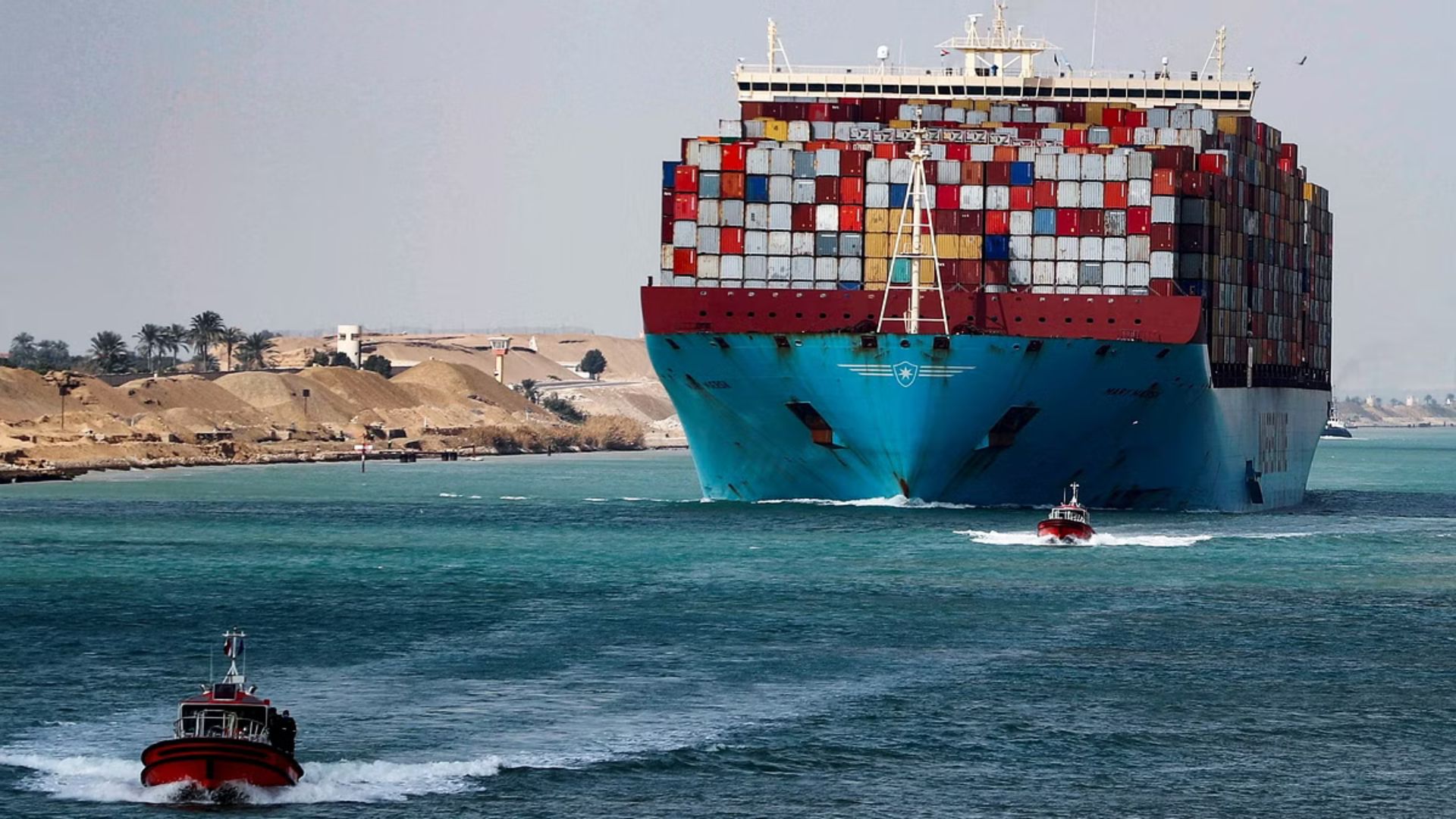
CareEdge Ratings’ recent report projects a 3-4% Compound Annual Growth Rate (CAGR) in India’s coal cargo throughput at ports from FY24 to FY26, even as coal imports are anticipated to decrease by 2-3%. The report also highlights an increase in coastal cargo share from 33% in FY24 to 42% by FY2026.
The main drivers of this growth, according to the report, will be the coastal movement of coal along the eastern coast, supported by increased capacities and synergistic benefits. Despite challenges posed by the Red Sea crisis, which has led to longer voyage spans and higher freight rates, the report notes the readiness of capacity liners to expand container capacity, thereby mitigating increased transit times.
The impact of the Red Sea crisis is expected to primarily affect food grains, perishable items, and freight-sensitive or low-value cargo, constituting about 10-15% of container volumes. However, the report remains optimistic, forecasting an 8% growth in container volume to 342 MMT in FY25.
The maritime sector in India, encompassing 12 major ports and over 200 non-major ports along a 7,500 km coastline, witnessed significant cargo throughput growth in FY24, reaching 1539 MMT. Crude oil, coal, and containers represent the majority of cargo throughput, with healthy growth rates observed in coal and container volumes over the past three years.
The report also anticipates a robust increase in coastal throughput, driven by enhanced cargo movement on the eastern coast and increased volumes at key ports like Paradip, Gangavaram, Krishnapatnam, Dhamra, and Gopalpur. Specifically, the contribution of coal cargo to coastal volumes has seen a notable rise from 22% in FY21 to 33% in FY24.















